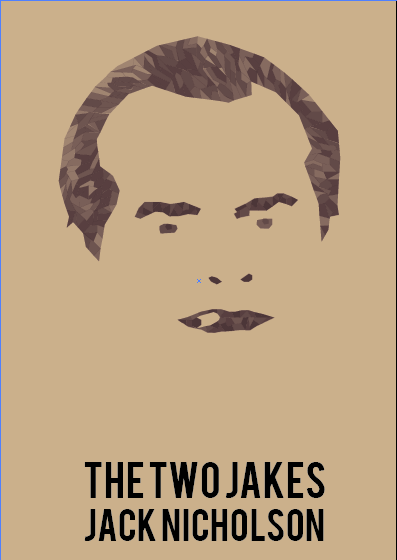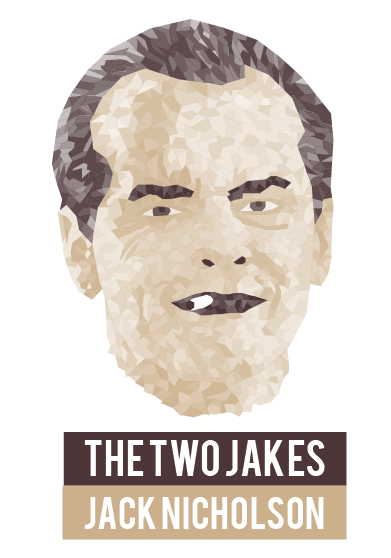Evaluation.
1. What skills
have you developed through this module and how effectively do you think you
have applied them?
The main skill I have learnt through this module is in
collaborative. My partner Emily taught me how to mock things up on Photoshop.
It is something I have never been able to do, as Photoshop isn’t one of my
strengths. After teaching me this I was able to apply it to the rest of my
briefs for Responsive, but also for other modules. This skill helped me to show
my clients a mock up of what the products would look like in context, which
helped to communicate what the design would look like. As well as mocking up I
have also found that my skills on Photoshop have developed, and I am a lot more
confident using it. I have also developed my illustrations further and have
found that I really enjoy creating characters and avatars for people, and it is
something that I want to do more of. I applied this skill as I have done a
couple of briefs during this module for characters and avatar designs, and have
found that I have got better through this module.
2. What approaches to/methods of design production have
you developed and how have they informed your design development process?
I have done a range of different printing methods
throughout this module. Creating screen-printed posters for The Pink Teapot
worked really well and it is the most amounts of coloured layers I have had to
print. The prints were successful as customers in the café bought a few of
them, which was a huge motivator when doing my briefs. This made me think that
I should try doing more screen prints in my design, as it was successful. I
have also printed commercially for two different briefs for business cards,
also some menu’s for The Pink Teapot. This was a really easy way to print and
the result looked really clear and professional, this is something I will
definitely consider using again when it’s appropriate.
3. What strengths can you identify in your work and how
have/will you capitalise on these?
The strengths I have in my work is that I don’t just go
with the obvious ideas and do the same thing over again, I try to think outside
the box and push boundaries of the brief. I think that this will work well for
me in the future as if I am doing competition briefs or competing with other
people to get a job, at least my work will be different and stand out. I have
found that I really enjoy character design and making avatars, this is
something I will definitely look out for when I am doing briefs in the future.
Through this module I have found that I am a lot better at organising my time
than I thought I was, also the structure of this module worked better for me as
I felt that I was free to work at my own pace, and do the briefs around
different deadlines.
4. What weaknesses can you identify in your work and how
will you address these in the future?
The weaknesses I have addressed in my work is creating
design boards, it is something that I have got better at throughout this
module. But I still feel that I need to improve my design boards, especially
when it comes to submitting them to competition briefs. In the future I will leave
myself more time to do the design boards for competition briefs, as they are
really important. I think that especially my Cath Kidston briefs, I could have
done a lot better for my submission to YCN. Another weakness I found was that
some of the smaller competitions briefs I entered, I rushed and I’m not proud
of them, for example my hand drawn type valentine’s cards. I rushed this brief
and really regret that as greetings cards are something I really enjoy
designing, and I wasn’t happy with what I submitted. In the future I will take
more time to look through my designs before submitting, and not submit if I’m
not happy with them.
5. Identify five things that you will do differently
next time and what do you expect to gain from doing these?
1. Take more time and care over design boards, as they
are really important. I think that this will make my design stronger if it is
communicated better.
2. Next time I will make sure that all of my mock-ups
are of a good quality. I have got stronger with mocking up designs, and I think
that it is a really good skill to have.
3. Organise my time better at the start of the module.
If I would have tried as hard as I tried at the start of this module, I would
have had more of a range of briefs and would have got more done, this is
definitely something I will do in the future.
4. As I learnt how to mock up half way through the
module I should have doe mock-ups for everything for their individual
deadlines. I think that this will give the clients or judges a better idea of
what the design will look like in context.
5. Every module evaluation I say that I will blog as I
go. I have got better during this module as there is a completely different
structure to the module, but I still think that I should blog more as I go. This
will make me blog about it when its fresh in my mind, it will also not hinder
my design in the future when I will have to blog all my work.
|
6.How would you grade yourself on the following areas:
(please indicate using an ‘x’)
5= excellent, 4 = very good, 3 = good, 2 = average, 1
= poor
|
|||||
|
|
1
|
2
|
3
|
4
|
5
|
|
Attendance
|
|
|
|
|
x
|
|
Punctuality
|
|
|
|
|
x
|
|
Motivation
|
|
|
|
x
|
|
|
Commitment
|
|
|
|
x
|
|
|
Quantity of work produced
|
|
|
|
x
|
|
|
Quality of work produced
|
|
|
|
x
|
|
|
Contribution to the group
|
|
|
|
x
|
|
|
The evaluation of your work is an important part of
the assessment criteria and represents a percentage of the overall grade. It
is essential that you give yourself enough time to complete your written
evaluation fully and with appropriate depth and level of self-reflection. If
you have any questions relating to the self evaluation process speak to a
member of staff as soon as possible.
|
|||||


































































